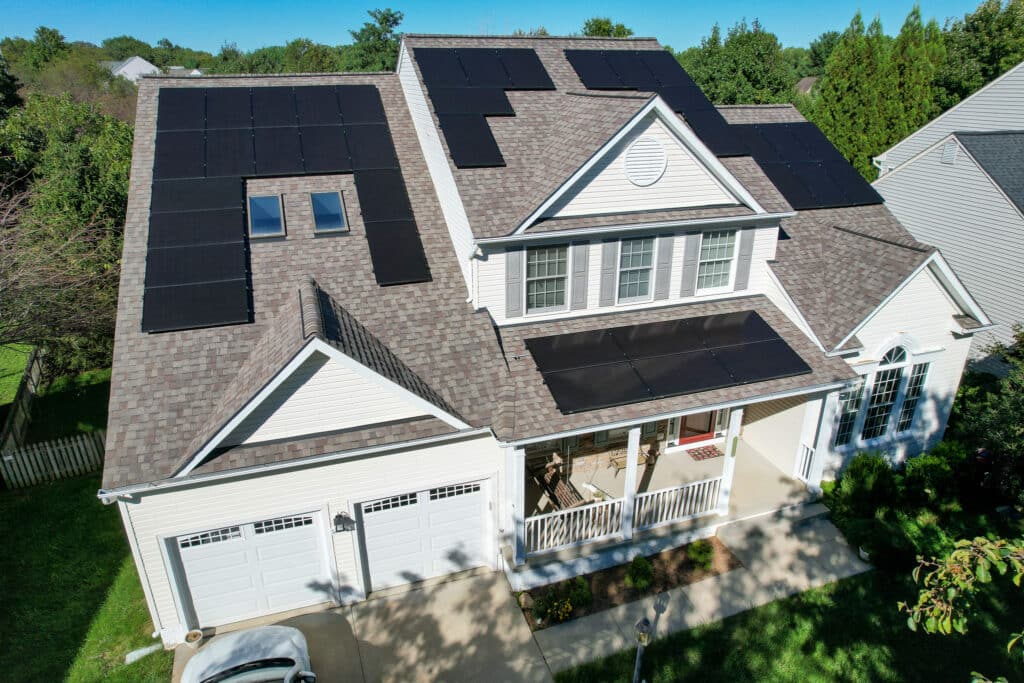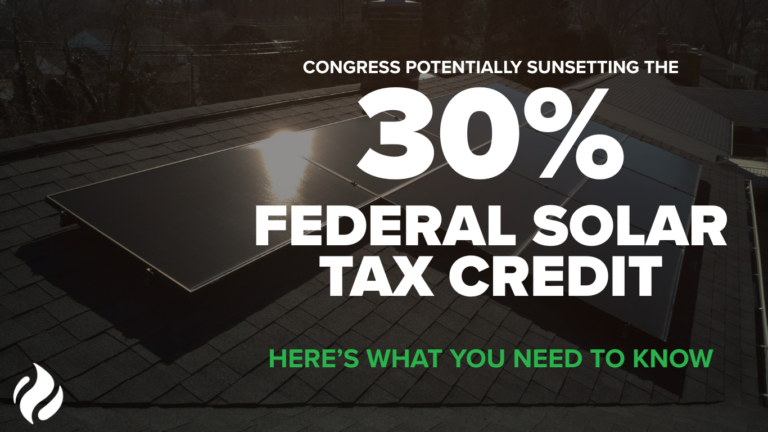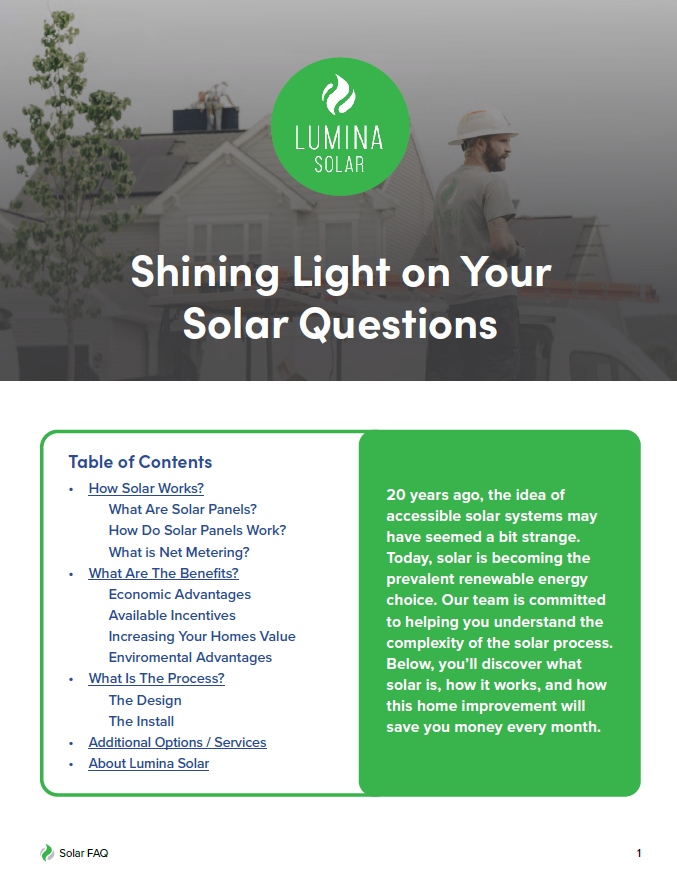A home solar system might seem like a complex modern technology. While the photovoltaic process is a modern marvel of human innovation, the components that make up your solar panel system are relatively simple. By gaining an understanding of the parts that your solar panel system consists of, you will be better equipped to decide what is the best fit for your home.
Components
The Sun

While this component is not directly connected to your home’s solar system, it is by far the most important. The sun’s solar rays are what provide your panels with the energy that they harvest. The solar system is responsible for harvesting and then converting the sun’s rays into usable electricity. Once the rays make contact with the solar cells, the photovoltaic effect begins to take place and energy begins to flow.
Solar Panels
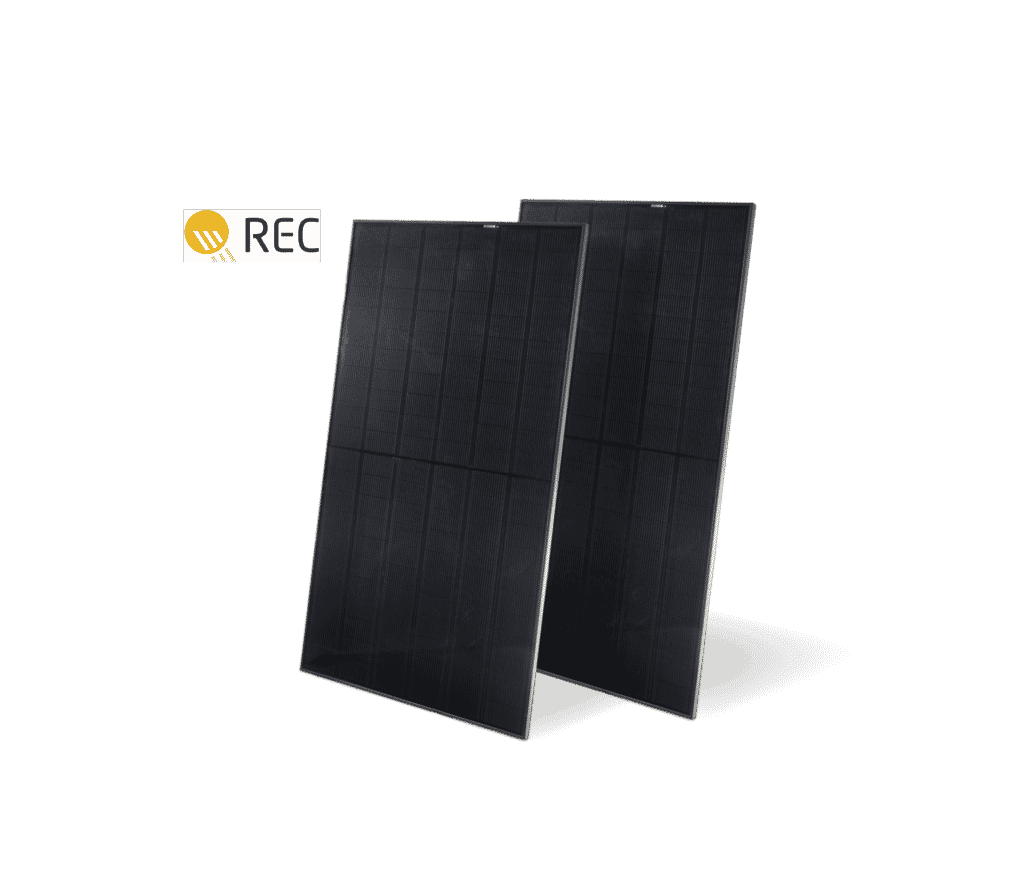
The main and most obvious component of a solar system is the panels. When the solar radiation makes contact with the silicon-based cell, the photovoltaic effect starts. This causes the electrons in the silicon to move and creates an electric current that is then moved to the next part of the solar system. The conversion rate and efficiency of the solar panels vary depending on size, placement, and available solar rays on any given day. Once this energy is harvested it is moved on to the inverters.
Inverters
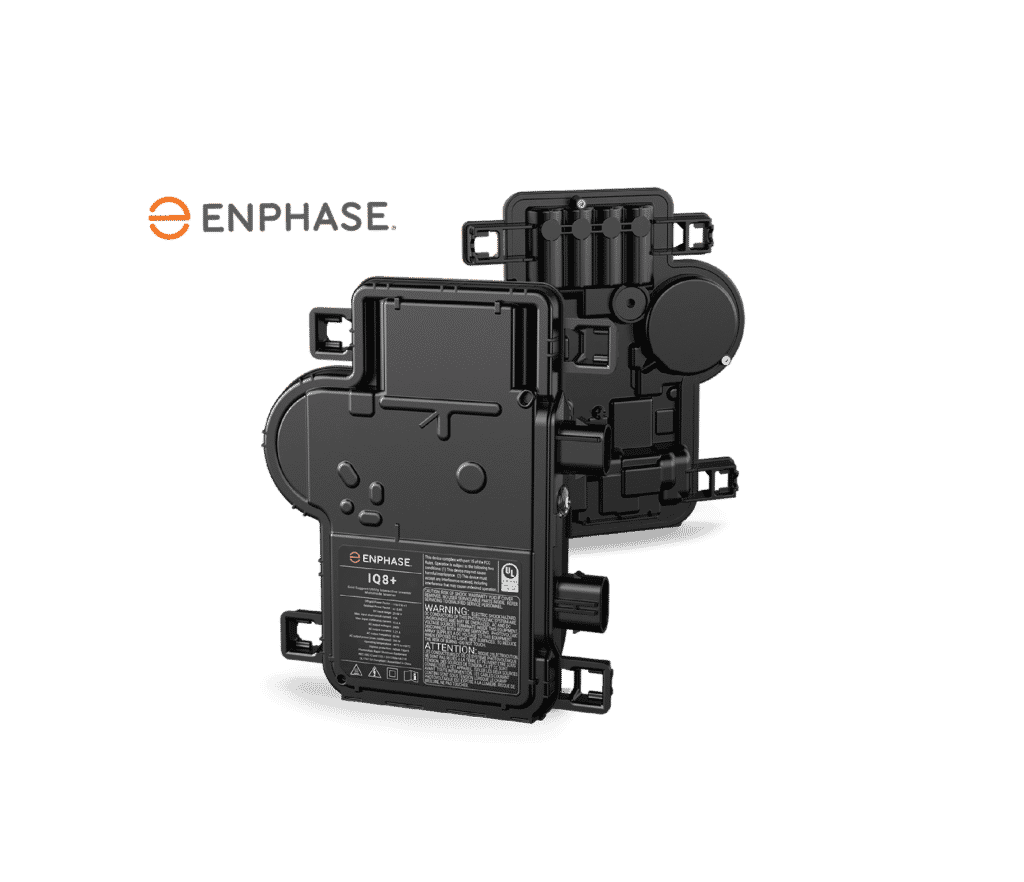
When your solar system collects energy from the sun, it is a direct current. In order to make this energy usable in a typical home, it must first be converted into alternating current. This is where the inverter comes in. Two types of inverters are usually used, the first being a string inverter. This type is commonly attached to the side of the house and converts all of your solar energy in one place. The other type is a micro-inverter. These are much smaller and connect directly under each solar panel. Deciding on which inverter to use depends on the home where the solar panels are being placed on.
Racking System
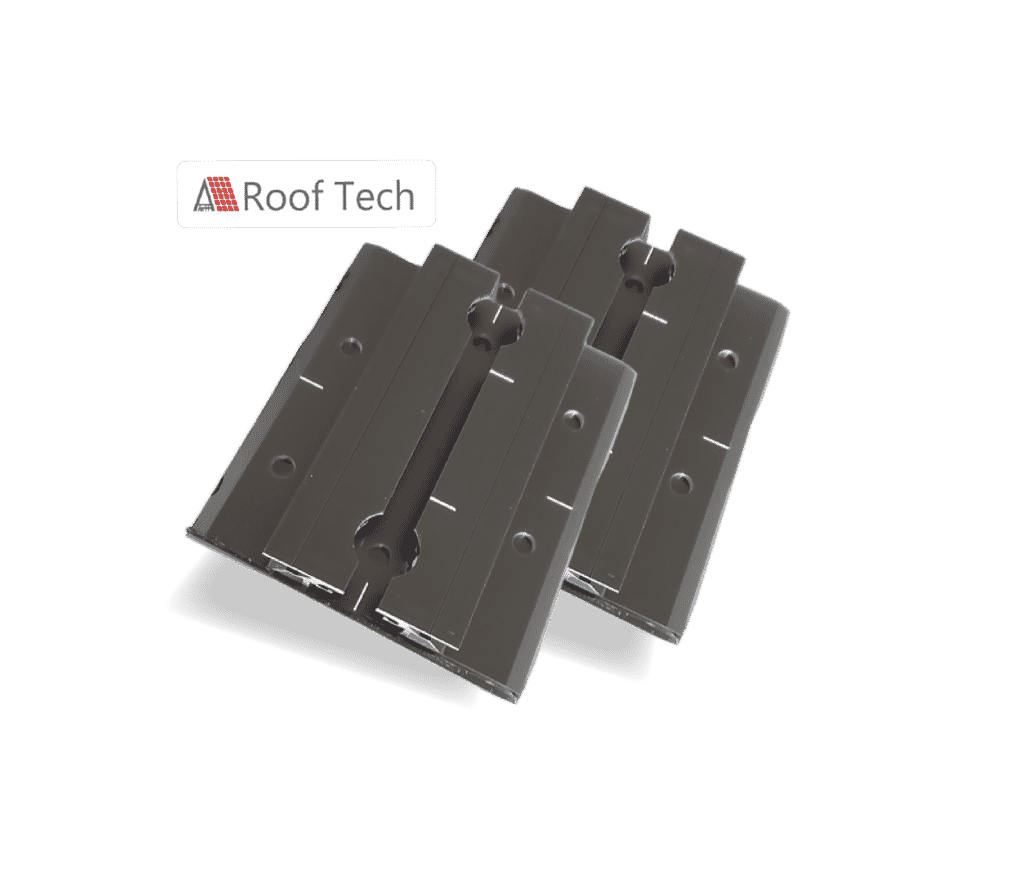
Often not thought about, the racking system that connects your solar panel to your roof is vital to extending the lifespan and durability of your solar system. These racking systems need to be reinforced to secure and attach the panels to the roof. A powerful gust of wind can get under the flat panels and cause a lifting force that is only prevented by these racks. There are several different types of racking systems that are applicable to different types of roofs.
Batteries
If you should decide to add batteries to your solar system then you will reap the benefits of locally storing your own energy. When your solar panels are producing more electricity than is being used, the excess energy can be stored for later usage. In solar systems that do not have batteries, excess energy will be sent back to the grid. There are incentives available for this energy that varies depending on location and utility company. Batteries are recommended for those who want to use the excess energy they harvest at later time, and can be extremely useful in events of power outages, for instance.
Lumina Provides Expert Solar Panel Installation
When a solar energy system is broken down by its individual components, it becomes easier to understand and implement. When making the decision on what your solar system should consist of, it is important to discuss all options with your installer. At Lumina Solar, our solar representatives will work closely with you in order to formulate a plan that best fits your situation. Call or contact Lumina Solar today to get your free quote and begin the journey towards clean and renewable solar energy.

